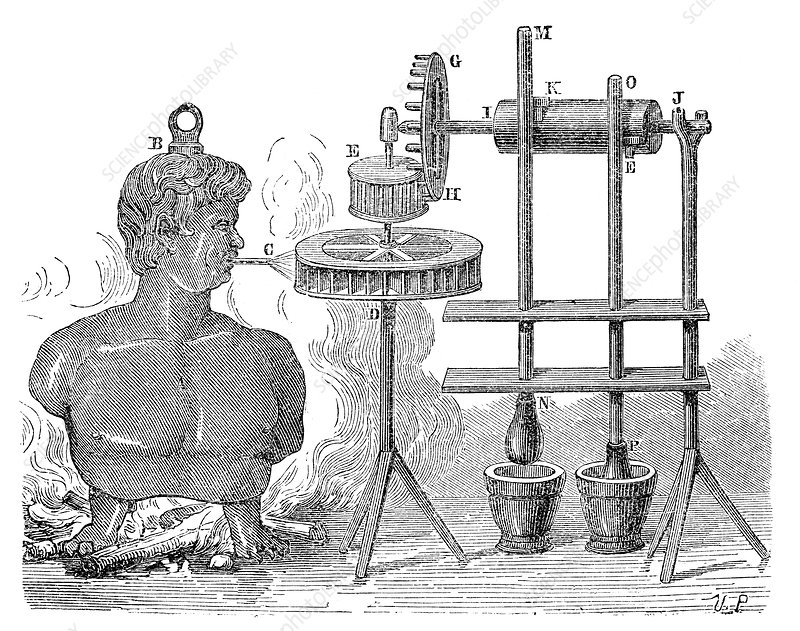The 17th and 18th century was a time when people truly recognized new inventions not as philosophies but as Science. Mechanical engineering during the 17th century was a time of great progress. There were many inventions and developments in the field of mechanical engineering both big and small.
Starting off in 1629 the famous steam turbine was invented by Giovanni Branca. Giovanni Branca is one of the most influential names in the history of steam power. He invented a steam turbine that produced twice as much power as its predecessors. Steam engines made it possible to easily work, live, produce, market, specialize, and viably expand without having to worry about the less abundant presence of waterways. Cities and towns were now built around factories, where steam engines served as the foundation for the livelihood of many of the citizens.

Thomas Savery in 1698 invented the first commercially used steam-powered device, a steam pump which is often referred to as the "Savery engine". Savery's pump worked by heating water to vaporize it, filling a tank with steam, then creating a vacuum by isolating the tank from the steam source and condensing the steam. The vacuum was used to draw water up from the mines. However, the vacuum could only draw water from shallow depths. Savery's steam pump was a revolutionary method of pumping water, which solved the problem of mine drainage and made widespread public water supply practicable.
Bartolomeo Cristofori di Francesco (May 4, 1655 - January 27, 1731) was an Italian maker of musical instruments. He is generally regarded as the inventor of the Piano Both the Harpsichord and the Clavichord resembled the modern day Piano, but their sound was produced by plucking the strings. A major drawback of the Harpsichord, however, was the inability to control the loudness of each note, and composers for this instrument were unable to evoke emotion through its design. Keyboard enthusiasts and manufacturer's at that time sought an instrument with the power of the Harpsichord along with the volume control mechanism of the Clavichord. Eventually Cristofori came up with the brilliant idea of replacing the wire hooks of the two instruments with leather padded hammers. The result was an instrument that played both Piano (soft) and forte (loud).
Now at last we come to the steam engine, arguably the most important development of the industrial revolution, inspiring other innovations and initiating further technological advancements. First model was published in 1712 by Thomas Newcomen then the improved version by James Watt in 1769. James Watts model was more efficient and more cost-effective than earlier models. Watt's steam engine opened up an entirely new field of application; it enabled the steam engine to be used to operate rotary machines in factories such as cotton mills. Steam engines made it possible to easily work, live, produce, market, specialize, and expand without having to worry about the less abundant presence of waterways.





Comments
Post a Comment